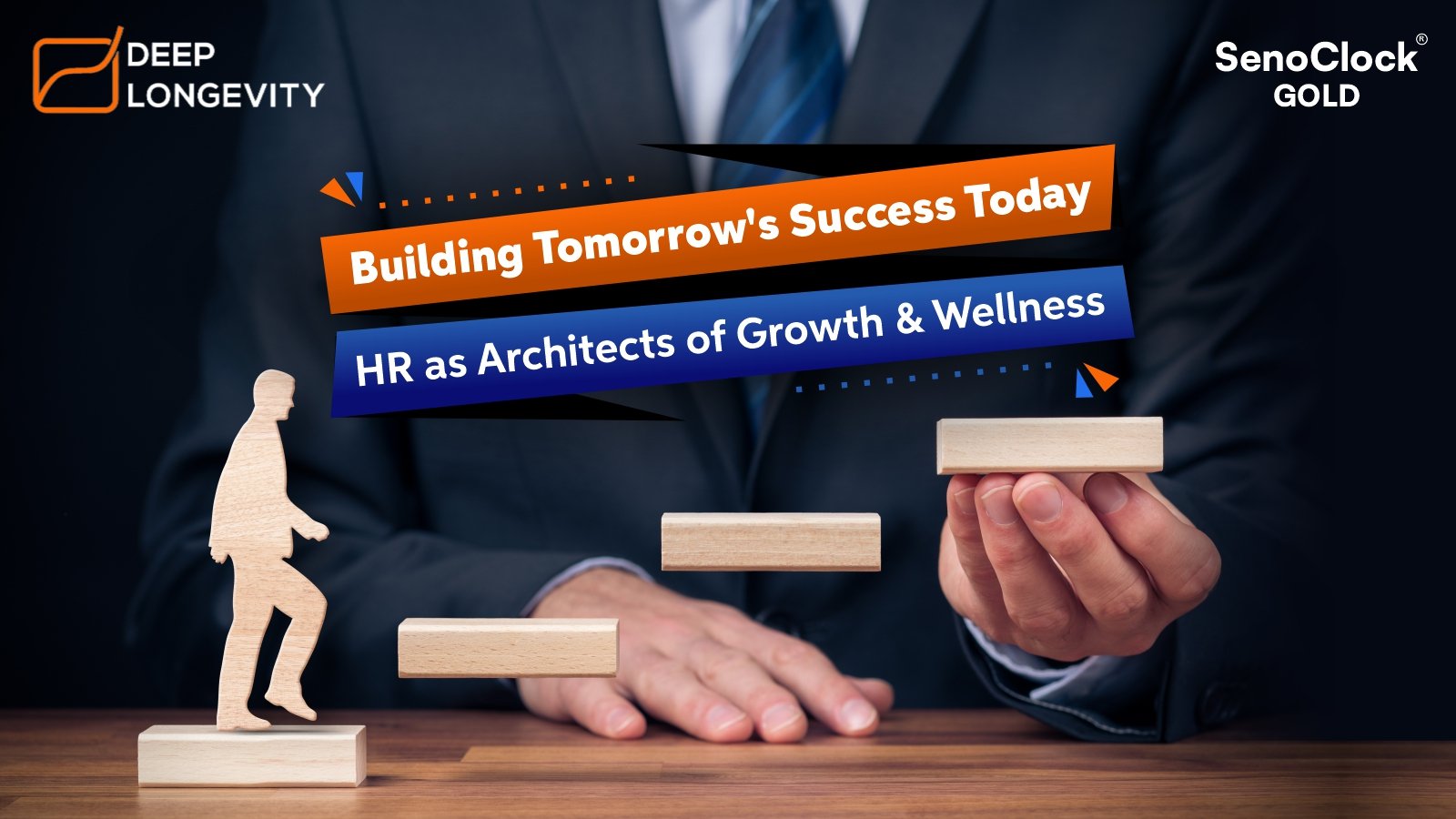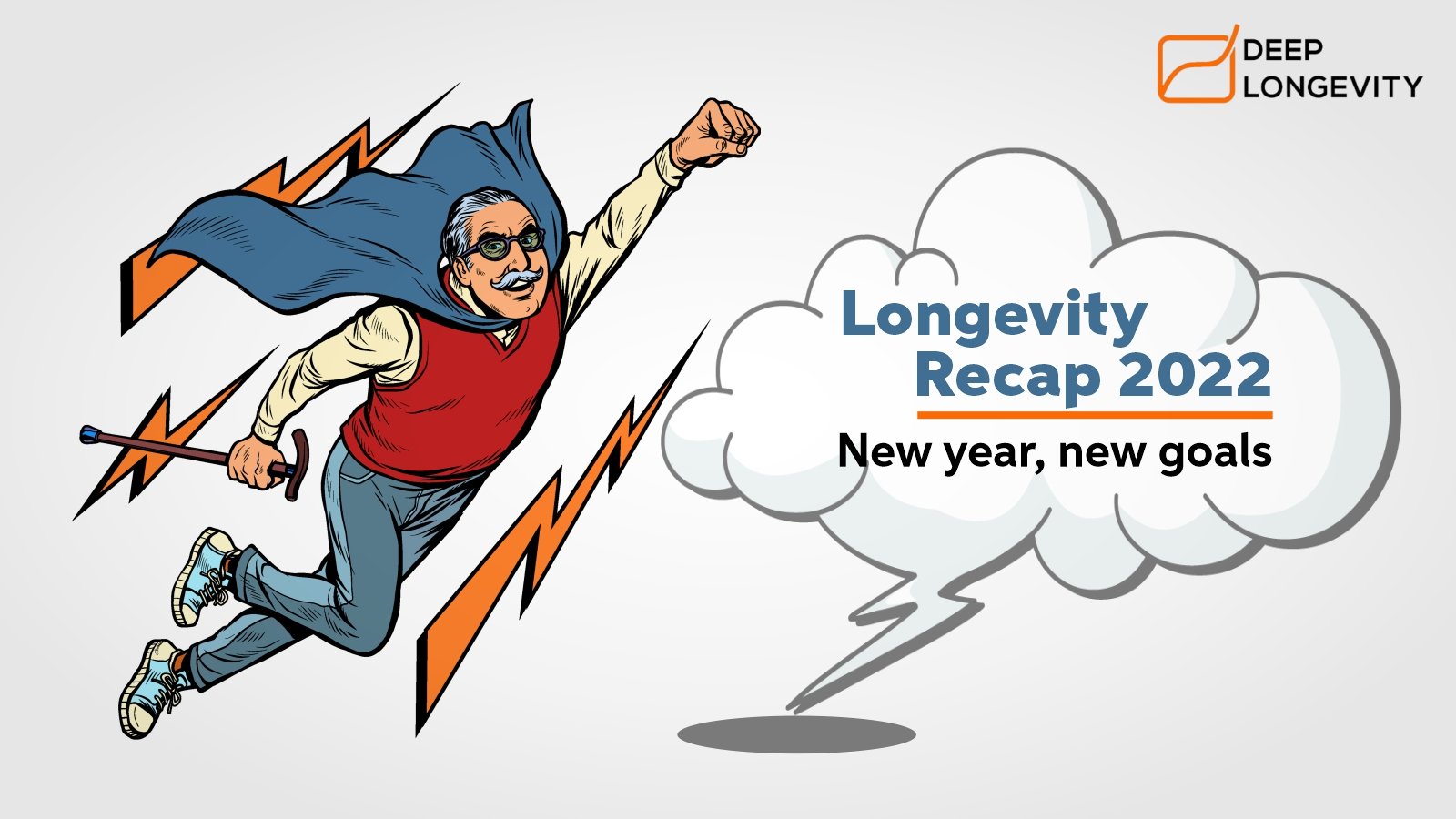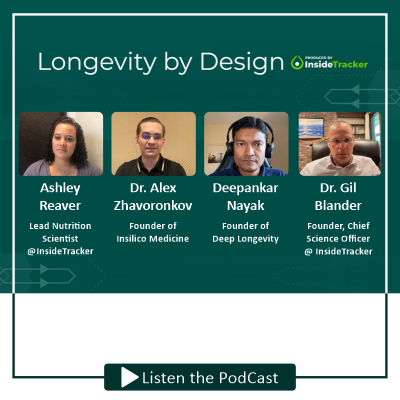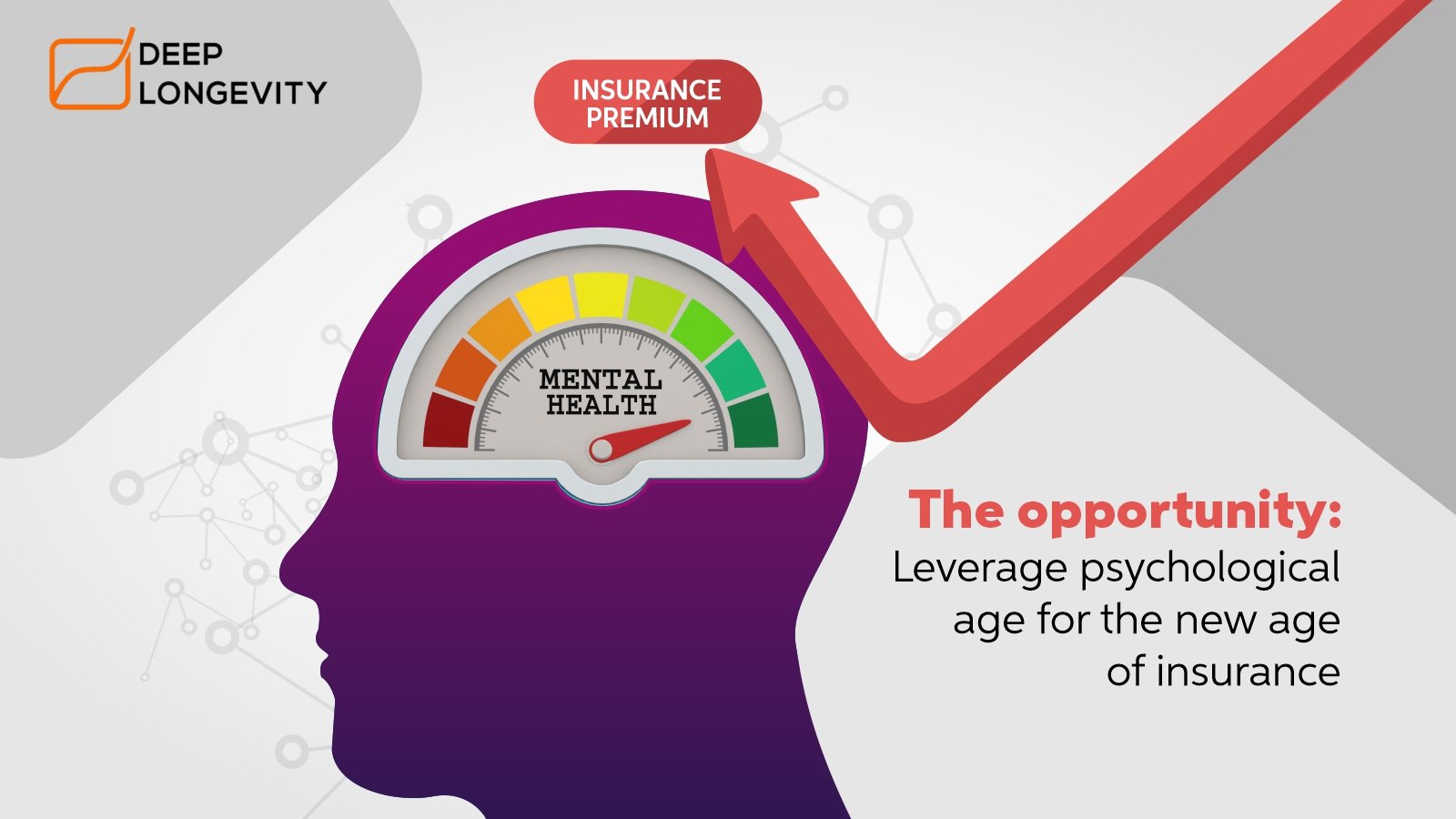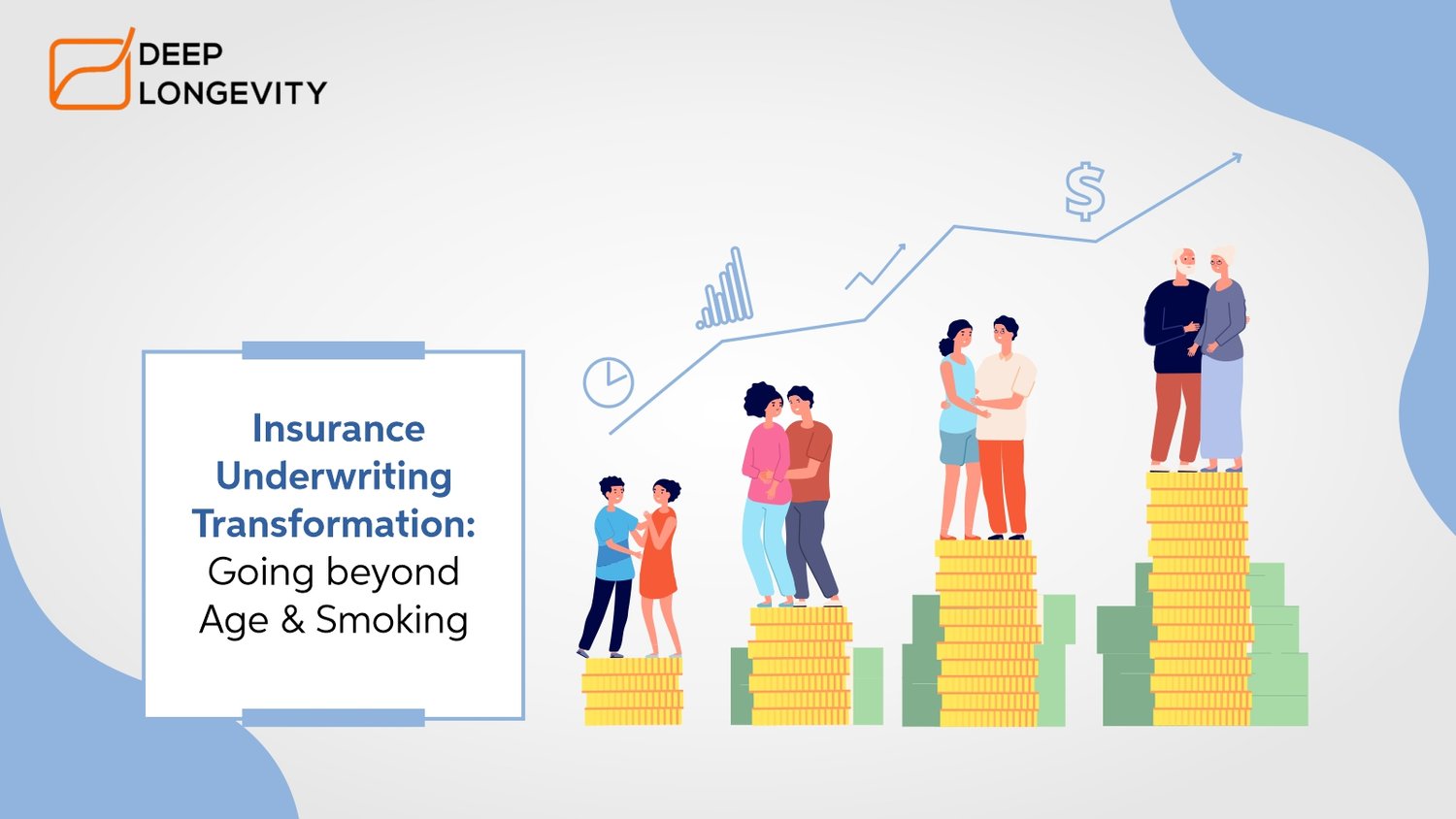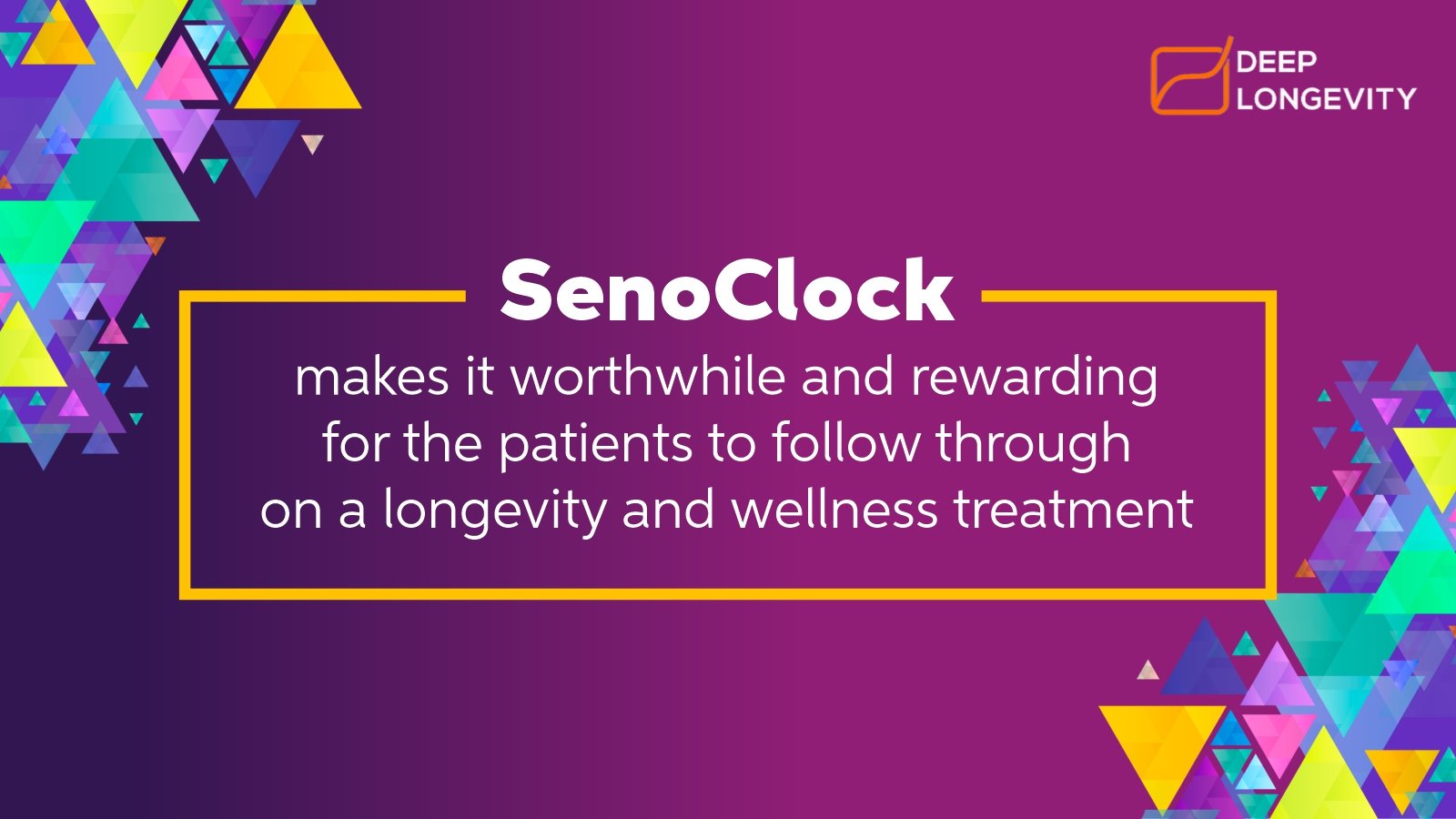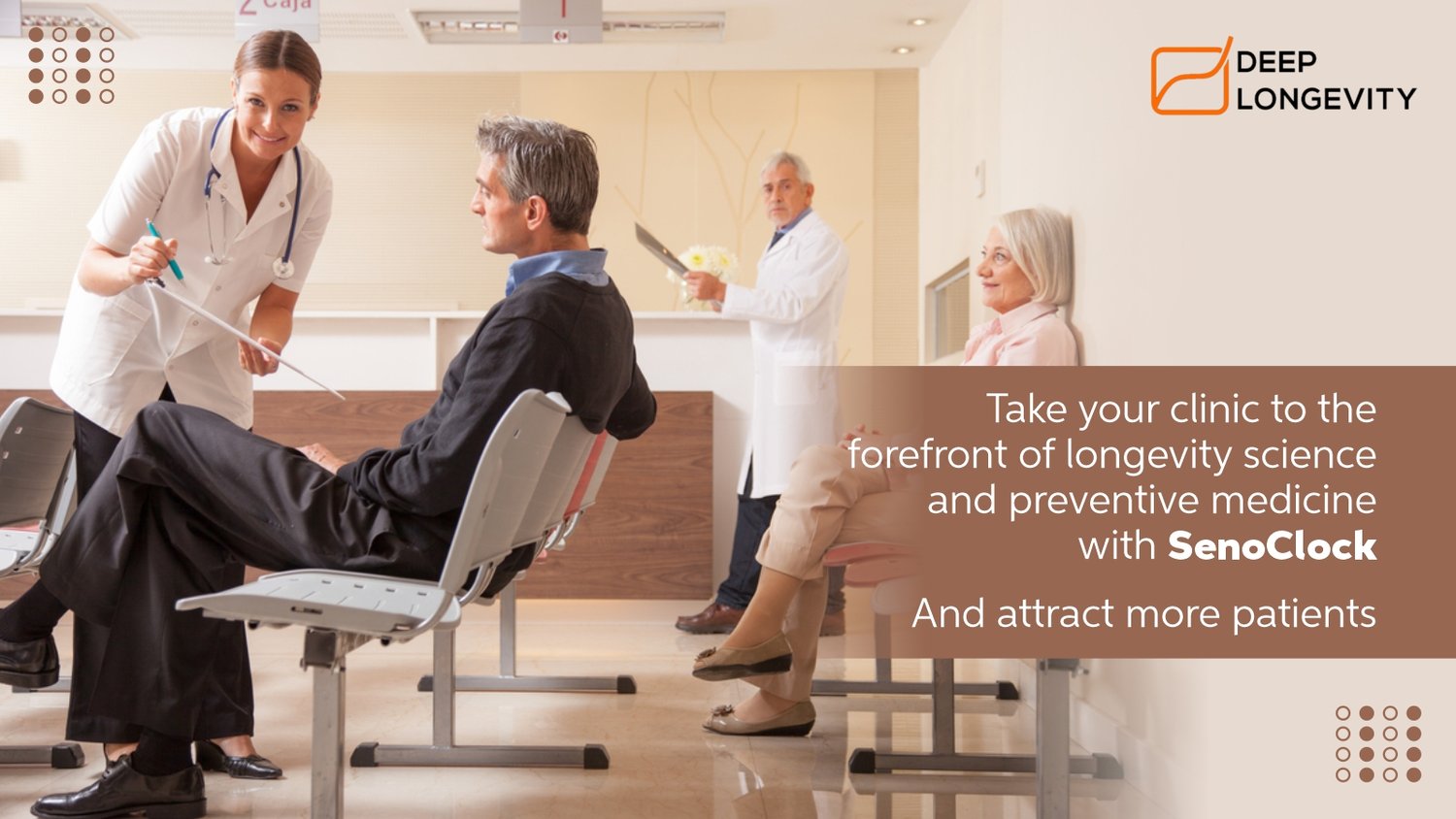| Feature Type | Features |
|---|---|
| Biometrics | • Systolic pressure • Diastolic pressure • Waist Circumference • Body Mass Index (BMI) |
| CBC Profile | • WBC Count • Red cell distribution width • RBC Count • PLT Count • Mean Cell Haemoglobin Volume • Lymphocyte Percent |
| Cholesterol | • Total Cholesterol • HDL-C Direct • Triglycerides |
| Demographic | • Gender |
| Diabetics Profile | • Haemoglobin A1c • Fasting Blood Sugar |
| Iron Store | • Ferritin |
| Kidney Function | • Blood Urea Nitrogen • Uric Acid |
| Liver Function | • Alanine Aminotransferase • Alkaline Phosphatase |
| Protein | • Total Protein |
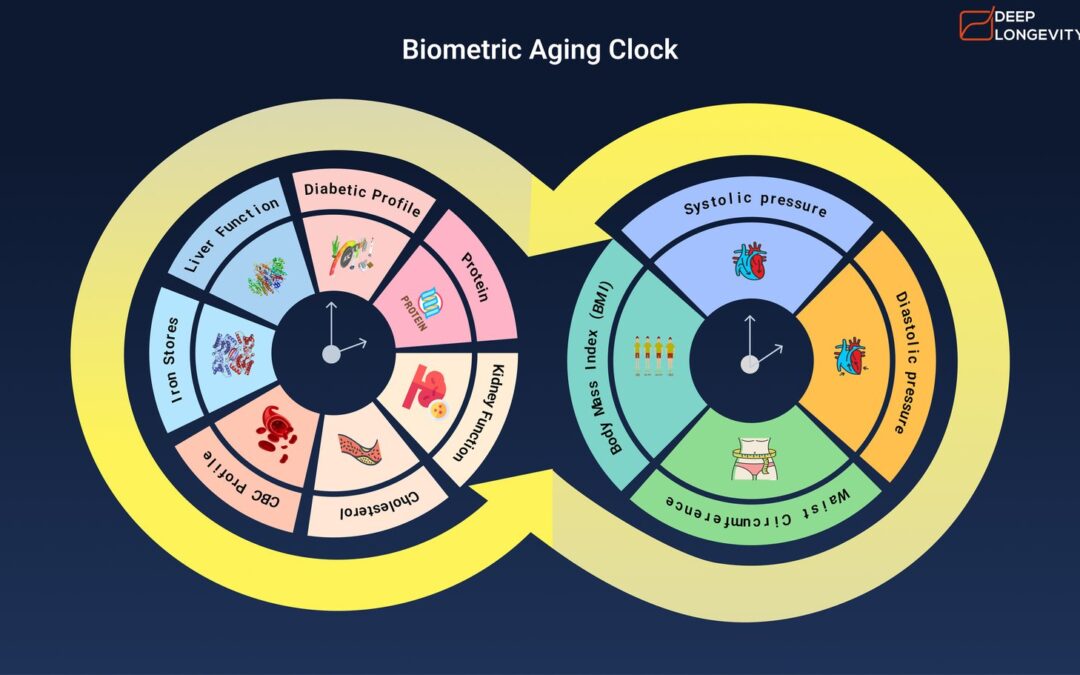
Unlocking the secrets of Personalized Health using Biometric Aging Clock

Aging clocks are now pervasive in the field of longevity. While new data types are being modelled to predict biological clocks, many of them are cost restrictive as well as lack consistency. In this scenario, building a low-cost aging clock that uses common clinical measurers and a few blood biomarkers to predict biological age while also providing health recommendations is of tremendous value. Deep Longevity’s Biometric Clock is uniquely positioned to help healthcare practitioners bring longevity advise to their clients.
The purpose and benefits of the Biometric Aging clock
The biometric aging clock was developed in response to the challenges posed by existing biological clocks, including the Blood Age clock, Epigenetic Clock, and Microbiome clock, all of which necessitate extensive data collection. For instance, the Blood Age clock relies on 45 blood biomarkers, making it challenging to obtain all the necessary data through a single blood test (though the clock works fairly well with an optimum set of 29 biomarkers). This requires users to undergo expensive blood tests to measure their biological age accurately.
Recognizing the need for a more accessible and streamlined solution, our biometric aging clock was designed to utilize only 17 blood biomarkers and 4 biometrics. Further, the clock also offers valuable insights and recommendations in addition to prediction of biological age. These insights empower users to make informed decisions to improve their lifespan and healthspan.
How it works and the technology behind it?
The model inputs 17 blood biomarkers and 4 biometrics and uses our proprietary machine learning models to predict biological age of an adult individual. Besides, depending on the impact of the biomarkers on an individual’s biological age, tailored recommendations are generated for improvement of overall health to reduce or maintain biological age.
User-friendly features or interface:
Access to biometrics clock is available through secure APIs and Deep Longevity’s SenoClock SaaS portal, offering convenient online usage hosted within your specific region. For a demo, please fill the form in Deep Longevity Contact — Deep Longevity.
Personalized Healthcare:
By understanding individual biological age, healthcare professionals can tailor interventions and treatments to address specific aging-related concerns. This personalized approach enhances the effectiveness of healthcare strategies.
Longevity Research:
Biometric aging clocks play a crucial role in longevity research, helping scientists identify factors that contribute to healthy aging and potential interventions to slow down the aging process.
Healthspan Extension:
The goal is not just to extend lifespan but to enhance healthspan — the period of life when individuals are healthy and free from age-related diseases. Biometric aging clocks provide valuable recommendations on diet, exercise and other aspects for achieving this goal.
Conclusion
Deep Longevity’s Biometric aging clock will open new frontiers in our quest to unravel the mysteries of aging and promote healthier, more fulfilling lives. As technology advances and our understanding of the human body deepens, our clock will likely become integral to preventive healthcare, offering personalized insights that empower individuals to take control of their well-being. The journey into the realm of biometric aging clock is an exciting exploration of the intersection between biology, technology, and the potential for a longer, healthier future.

